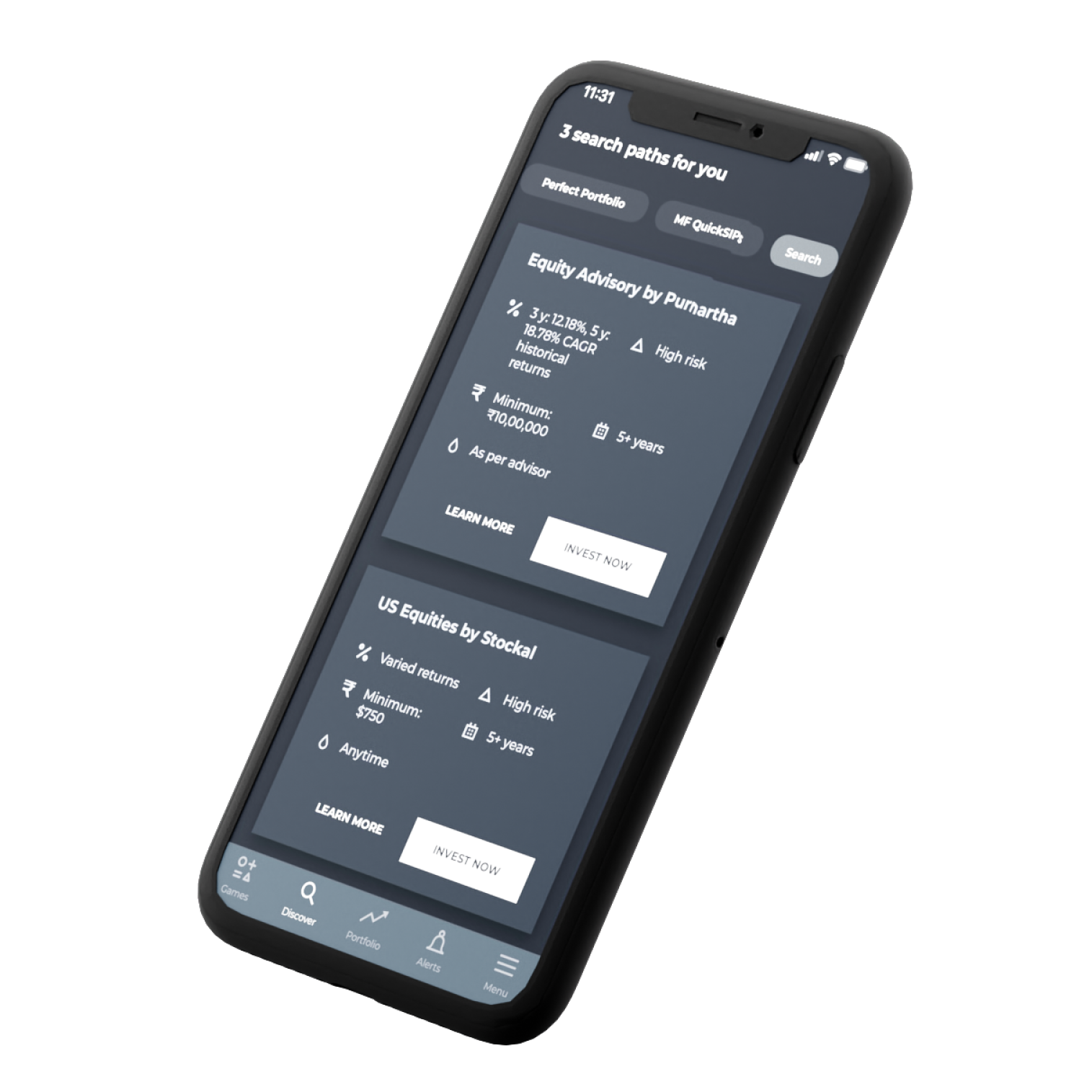

Rupee-cost averaging (RCA) is an investment technique in which a given amount of money is continually invested at regular periods, regardless of market conditions. This method can assist investors protect themselves amid market volatility, such as when investing in mutual funds. We will be discussing how rupee-cost averaging in mutual funds may protect you during market volatility in this blog.
Rupee-cost averaging (RCA) is an investment technique that entails investing a preset amount of money into a specific asset, such as stocks, on a regular basis, independent of the asset's price or market circumstances. An investor uses RCA to purchase more shares when prices are low and less shares when prices are high. This method is intended to reduce the impact of market volatility and to eliminate the requirement for exact timing in investing decisions.
The notion of RCA is based on the idea of profiting from market swings. Investors acquire more shares when prices are lower by investing a predetermined amount at regular periods, thereby lowering the average cost per share over time. This strategy, which capitalizes on the natural market cycles of ups and downs, has the potential to produce favorable long-term returns.
Because it eliminates the emotional component of attempting to timing the market, RCA is typically regarded as a disciplined and systematic approach to investing. Rather than attempting to forecast short-term market moves, RCA promotes constant and regular investments, allowing individuals to accumulate money slowly over time. Before adopting any investment strategy, it's advisable to download the Cube Wealth app and consult a Cube Wealth Coach who can provide guidance based on your risk tolerance.
Rupee-cost averaging (RCA) is a frequent investing technique in mutual funds. It entails investing a certain amount of money at predetermined periods, independent of the fund's current price or market conditions. Here's a primer on RCA in the context of mutual funds:
Rupee-cost averaging (RCA) is an investing technique in which an investor invests a given amount of money in a specific asset on a regular basis, regardless of its price. For various reasons, RCA can be very useful amid market volatility:
It's important to note that RCA is not suitable for all investment situations, and individual circumstances may vary. Before adopting any investment strategy, it's advisable to consult with a Cube Wealth Coach who can provide guidance based on your risk tolerance.
Rupee-cost averaging (RCA) is an investment technique that includes putting a preset amount of money into a specific asset on a regular basis, regardless of its price. This strategy tries to reduce the impact of market volatility while also allowing investors to acquire assets over time. Here are a few instances of RCA in action:
By employing RCA, investors aim to reduce the impact of short-term market fluctuations and potentially benefit from the long-term growth of the asset they are investing in. It is important to note that RCA does not guarantee profits and the performance of the asset itself is a significant factor in determining the outcome of the investment strategy. We at Cube Suggest you to consult Cube Wealth Coach before applying any particular investment strategies.
Rupee-cost averaging (RCA) is an investment technique that includes putting a defined amount of money into a certain asset or portfolio on a regular basis over a lengthy period of time. While RCA provides advantages, there are numerous drawbacks and issues to consider:
Rupee-cost averaging (RCA) is an investment technique in which a given amount of money is invested in a certain investment at predetermined intervals, regardless of the investment's price or market circumstances. The aim of RCA is to lessen the impact of market volatility while potentially benefiting from the investment's long-term growth. Here's how to include RCA into your investment strategy:
Keep in mind that RCA does not ensure profits or provide loss protection. Over time, it is a tactic that can aid in reducing the consequences of market volatility. Always seek the assistance of a Cube Wealth Coach on the Cube Wealth App who can provide you customised guidance that can help you grow your investments in various sectors.
Ans. Rupee-cost averaging is an investment technique in which a given amount of money is continually invested in a certain asset or portfolio at regular periods, regardless of the asset's price. By spreading out investment purchases across time, this strategy seeks to lessen the impact of short-term market volatility. Investors can purchase more shares when prices are low and fewer shares when prices are high by sticking to a defined investing schedule.
Ans. Rupee-cost averaging (RCA) is a frequent investing technique in mutual funds. It entails investing a predetermined sum of money at regular times, independent of market conditions. An investor uses RCA to purchase more shares when prices are low and less shares when prices are high. This technique operates in the context of mutual funds by consistently putting a defined amount of money into the fund at regular periods, such as monthly or quarterly. Regardless of whether the mutual fund's price is high or low at the time of each investment, the investor uses the predetermined amount of money to acquire further shares.
Ans.Rupee-cost averaging can be an effective approach for safeguarding investments during market downturns. RCA allows you to take advantage of market changes by investing a predetermined amount at regular intervals, eliminates the need for market time, and helps control emotions during moments of volatility. However, it is critical to approach investing with caution, obtaining expert counsel as needed, and realizing that all investments have inherent risks. RCA does not offer loss protection during market downturns. While it can reduce the impact of market volatility and perhaps lower your average cost, it does not remove the danger of investment losses.
Ans. While rupee-cost averaging (RCA) is a common investment method in which a constant amount oIt's important to note that rupee-cost averaging does not guarantee a profit or protect against losses in declining markets. It's still crucial to carefully consider your investment goals, risk tolerance, and the specific mutual funds you choose. Additionally, RCA works best for investors with a long-term horizon who can commit to the strategy consistently. So at Cube we recommend you to either consult a Cube Wealth coach or download a Cube Wealth application before implementing any investment strategy. Money is continuously invested at regular periods, there are a few possible drawbacks to consider. To begin with, RCA does not guarantee profit or safeguard against loss. Because the approach entails investing regardless of market circumstances, it may result in the acquisition of assets at greater prices during moments of market euphoria. Furthermore, RCA may restrict potential gains in a rising market by requiring the investor to purchase fewer shares when prices are low and more shares when prices are high. Overall, while RCA can bring benefits such as lowering the impact of market volatility, it is critical to examine these possible drawbacks as well as individual investing goals and circumstances.
Ans. You may use Rupee-Cost Averaging (RCA) in your mutual fund investments by investing a predetermined amount of money at regular periods, regardless of market conditions. First, decide how much you're comfortable investing on a regular basis, whether it's monthly, quarterly, or any other regularity. Next, choose a mutual fund that matches your investing objectives and risk tolerance. certain up an automated investment plan with your mutual fund provider or brokerage that deducts a certain amount from your bank account and invests it in the mutual fund of your choice on a regular basis. This method reduces the influence of short-term market swings and may result in favorable long-term investment returns.
Other Blogs You May Like:






on stock picking, poring over excel sheets, financial news, analyzing market trends, tracking the Sensex, researching company fundamentals, comparing mutual funds, reading financial reports, trying to predict the future & losing your sanity!